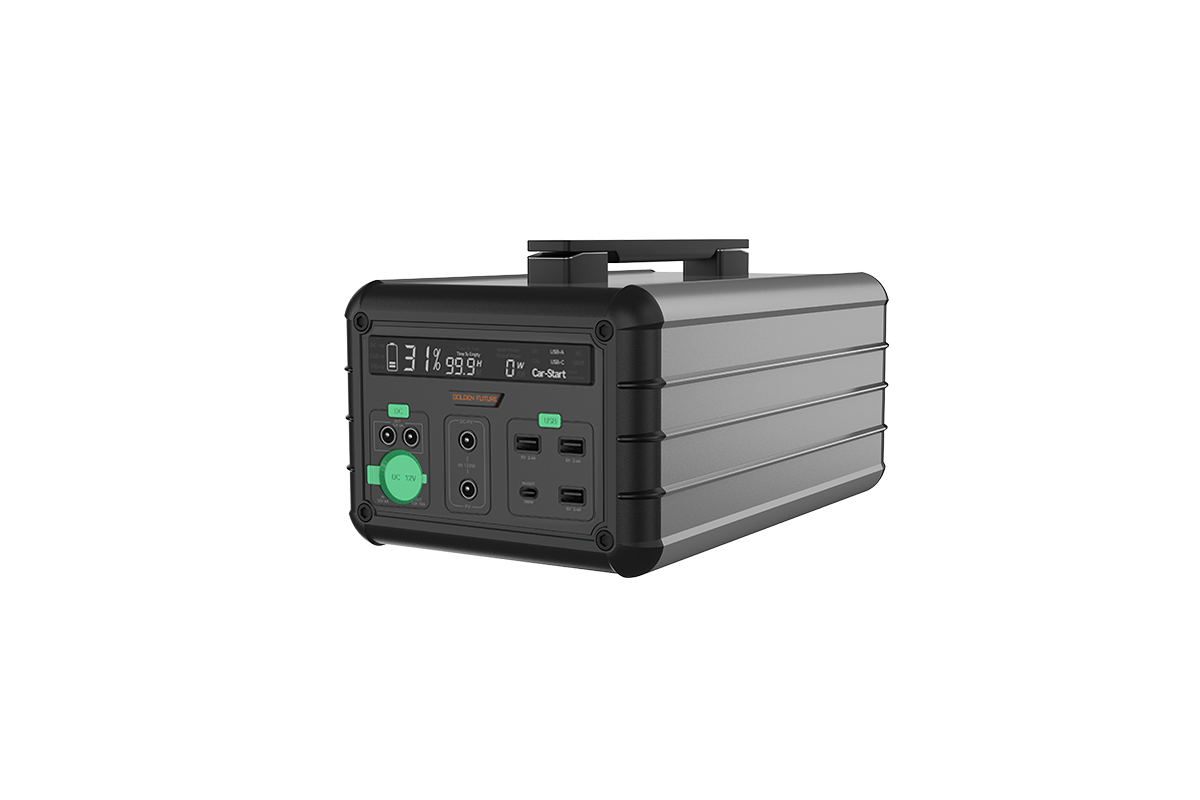

Time:2025-09-27 Views:1

Lead-acid batteries have long been valued in energy storage systems for their robustness, and their ability to operate across a wide temperature range further enhances their versatility. Unlike lithium-ion batteries, which often require complex thermal management in extreme conditions, lead-acid variants are inherently resilient to temperature fluctuations. Most standard lead-acid batteries function reliably between -20°C and 60°C, making them suitable for diverse environments—from freezing northern industrial sites to scorching desert solar farms.
The chemistry behind this tolerance lies in their aqueous electrolyte (a mixture of sulfuric acid and water) and lead-based electrodes, which maintain electrochemical stability across broader temperature spectrums. However, performance does vary slightly with temperature: capacity increases marginally in warmer conditions (up to 30°C) due to enhanced ion mobility but decreases in cold environments as the electrolyte viscosity rises, slowing reaction rates. To mitigate this, manufacturers of “wide-temperature” lead-acid batteries often modify the electrolyte concentration or add additives to lower freezing points, ensuring operation even below -30°C in specialized models.
These batteries are particularly advantageous in off-grid applications where climate control is impractical. For example, in remote telecom towers or rural renewable energy setups, they endure seasonal temperature swings without significant degradation. Maintenance practices, such as ensuring proper ventilation to dissipate heat during charging and avoiding deep discharges in cold weather, further extend their lifespan under extreme temperatures. This combination of inherent durability and adaptability makes lead-acid batteries a cost-effective choice for energy storage in regions with harsh or variable climates.
Read recommendations:
solar lithium battery storage manufacturer
Are Lithium - Polymer Batteries Highly Corrosion - Resistant?